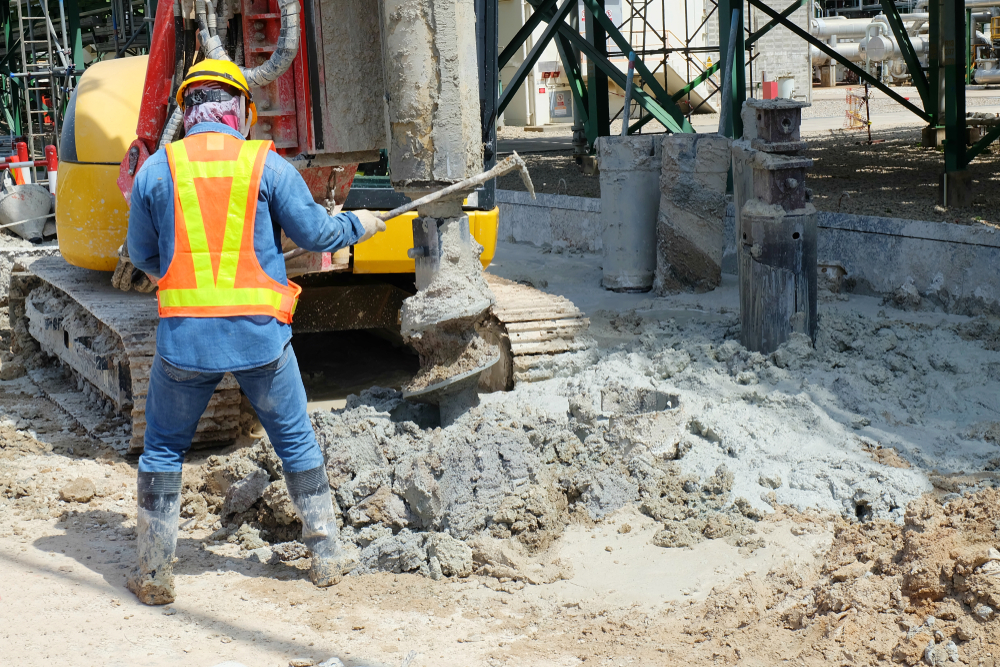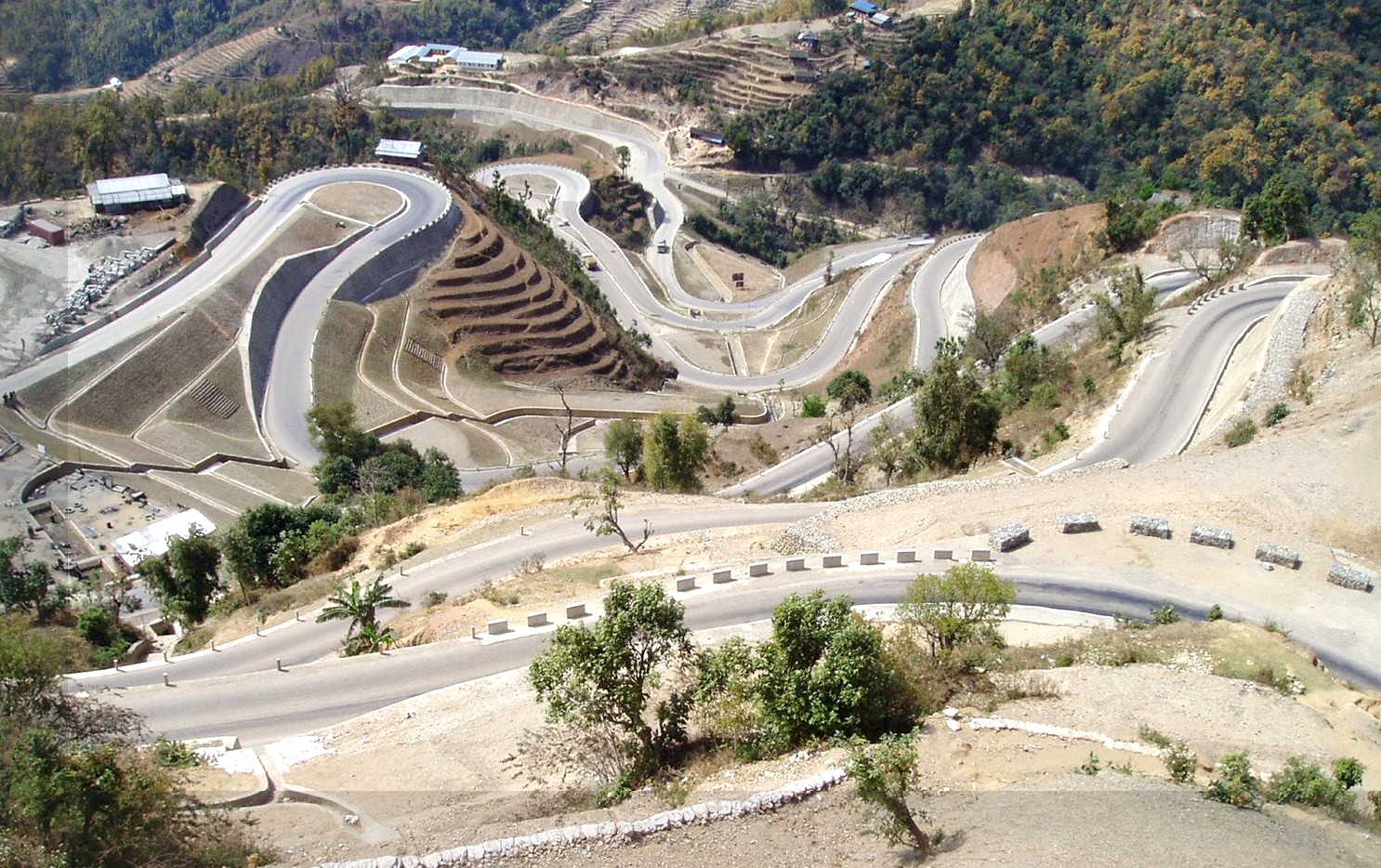Geo Tech Engineer: Enhancing Site Analyses with Advanced Geotechnical Techniques
Wiki Article
The Interdisciplinary Approaches in the Geotechnical Market: Linking the Gap In Between Engineering, Geology, and Environmental Scientific Research for Ideal Project End Results
The combination of design, geology, and ecological scientific research within the geotechnical market is not merely advantageous; it is critical for accomplishing ideal task results. This interdisciplinary partnership fosters a comprehensive understanding of facility site problems, enabling for innovative options to arise. By examining essential duties and successful study, we can reveal the vibrant interplay that drives job success. However, challenges continue to be in efficiently managing these multidisciplinary efforts, increasing inquiries about future fads and prospective improvements. What techniques might arise to facilitate this essential partnership and boost the efficiency of geotechnical methods?Importance of Interdisciplinary Cooperation
The importance of interdisciplinary collaboration in the geotechnical industry can not be overstated. Efficient geotechnical tasks need the assimilation of diverse experience from different fields, including engineering, geology, and environmental science. This partnership makes sure that all elements of a task are thought about, leading to comprehensive options that attend to complicated difficulties.Interdisciplinary collaboration promotes development by making it possible for professionals to share understandings and methodologies that might not be apparent when functioning in seclusion (geotechnical engineers). By leveraging the strengths of numerous techniques, teams can recognize prospective dangers, maximize style processes, and boost the sustainability of geotechnical tasks. Such cooperation advertises a holistic understanding of site-specific conditions, which is important for accurate analysis and decision-making.
The intricacy of geotechnical jobs demands a coordinated technique to analytical. When engineers, geologists, and ecological scientists work together, they can produce a cohesive method that aligns technical requirements with environmental considerations and regulative conformity. This harmony not only improves task end results but also adds to the lasting durability of infrastructure. Eventually, interdisciplinary collaboration is crucial for advancing ideal methods and achieving excellence in the geotechnical sector.
Key Functions of Each Self-control
Collaboration amongst various techniques is not just useful; it is important for the successful execution of geotechnical tasks. Each self-control-- design, geology, and ecological scientific research-- plays an unique yet interconnected role that contributes to forecast efficiency and sustainability.Geotechnical designers are mostly in charge of making foundations and making sure structural stability. They analyze soil and rock homes to evaluate load-bearing capabilities, giving vital data for safe building methods. Their competence enables the solution of cutting-edge solutions to intricate difficulties.

Environmental researchers analyze the possible influences of building on ecological communities and water resources. They conduct environmental analyses and create reduction methods to reduce unfavorable impacts. By integrating ecological considerations, they ensure conformity with guidelines and advertise sustainability throughout the job lifecycle.
Study of Effective Integration
Effective combination of geotechnical disciplines can be exemplified via numerous study that highlight the effectiveness of synergy in attending to complex engineering obstacles. One remarkable instance is the construction of the Hong Kong-- Zhuhai-- Macau Bridge, where a joint technique involving geotechnical design, geology, and ecological science was crucial. Engineers and geologists functioned in unison to evaluate the seabed problems and enhance the structure style, ensuring stability and reducing ecological impact.An additional impactful instance is the improvement of slope security in the San Francisco Bay Area, where an interdisciplinary team integrated geotechnical evaluation with environmental assessments. By integrating hydrological research studies and geological surveys, the group successfully determined possible landslide risks and applied effective mitigation steps, boosting safety and security and sustainability.
Additionally, Web Site the redevelopment of Brownfield websites often calls for a multidisciplinary strategy. In one case in Chicago, partnership amongst geotechnical engineers, ecological researchers, and have a peek at this site urban coordinators led to the effective removal of polluted dirt, enabling the risk-free improvement of the site right into a community park. These study show that interdisciplinary partnership not just addresses technological challenges but also fosters ingenious options that benefit both areas and tasks.
Difficulties in Multidisciplinary Projects

Furthermore, collaborating timetables and workflows amongst numerous teams can be bothersome, particularly when each technique has special project milestones and deliverables. This imbalance can result in delays and increased costs. The difficulty of source allocation additionally looms huge; guaranteeing that specialized knowledge is offered at vital junctures calls for careful planning and insight.
Last but not least, governing compliance postures another significant difficulty. Each self-control may face various governing structures, and aligning these needs to satisfy task objectives can be complicated and taxing. Addressing these difficulties necessitates strong management and reliable interaction approaches to foster collaboration and guarantee that multidisciplinary teams function cohesively towards shared objectives.
Future Trends in Geotechnical Practices
As the geotechnical market develops, emerging fads are reshaping practices to deal with click here to find out more the challenges dealt with in multidisciplinary tasks - geo tech engineer. One considerable fad is the boosted integration of advanced innovations, such as man-made intelligence and machine discovering, into geotechnical evaluation and layout. These modern technologies enhance anticipating modeling and risk analysis, allowing engineers to make more enlightened choices throughout the task lifecycle
Moreover, the adoption of digital doubles and real-time monitoring systems is becoming extra widespread. These devices promote recurring assessment of dirt conditions and architectural efficiency, permitting for timely interventions when concerns develop.
Conclusion
In final thought, the assimilation of engineering, geology, and environmental scientific research is crucial for achieving optimum results in the geotechnical sector. Effective situation studies illustrate the benefits of this strategy, while acknowledging the challenges encountered in multidisciplinary projects.The combination of engineering, geology, and ecological science within the geotechnical market is not simply helpful; it is crucial for accomplishing optimal task end results. Efficient geotechnical tasks call for the assimilation of varied knowledge from different fields, including engineering, geology, and ecological science.Navigating the intricacies of multidisciplinary jobs in the geotechnical industry presents a number of substantial difficulties.As the geotechnical market progresses, emerging trends are reshaping methods to attend to the difficulties dealt with in multidisciplinary jobs. Geotechnical designers are progressively teaming up with environmental scientists to make certain that jobs straighten with sustainability goals and abide with regulative demands.
Report this wiki page